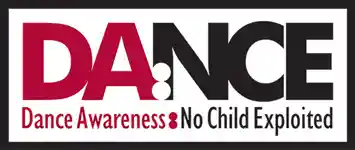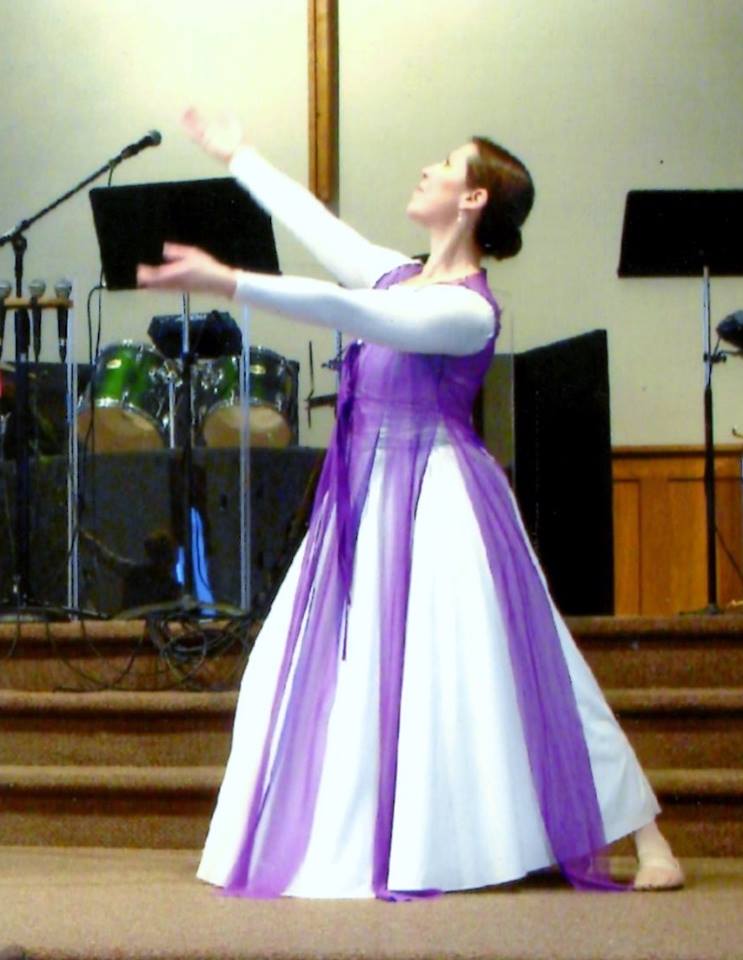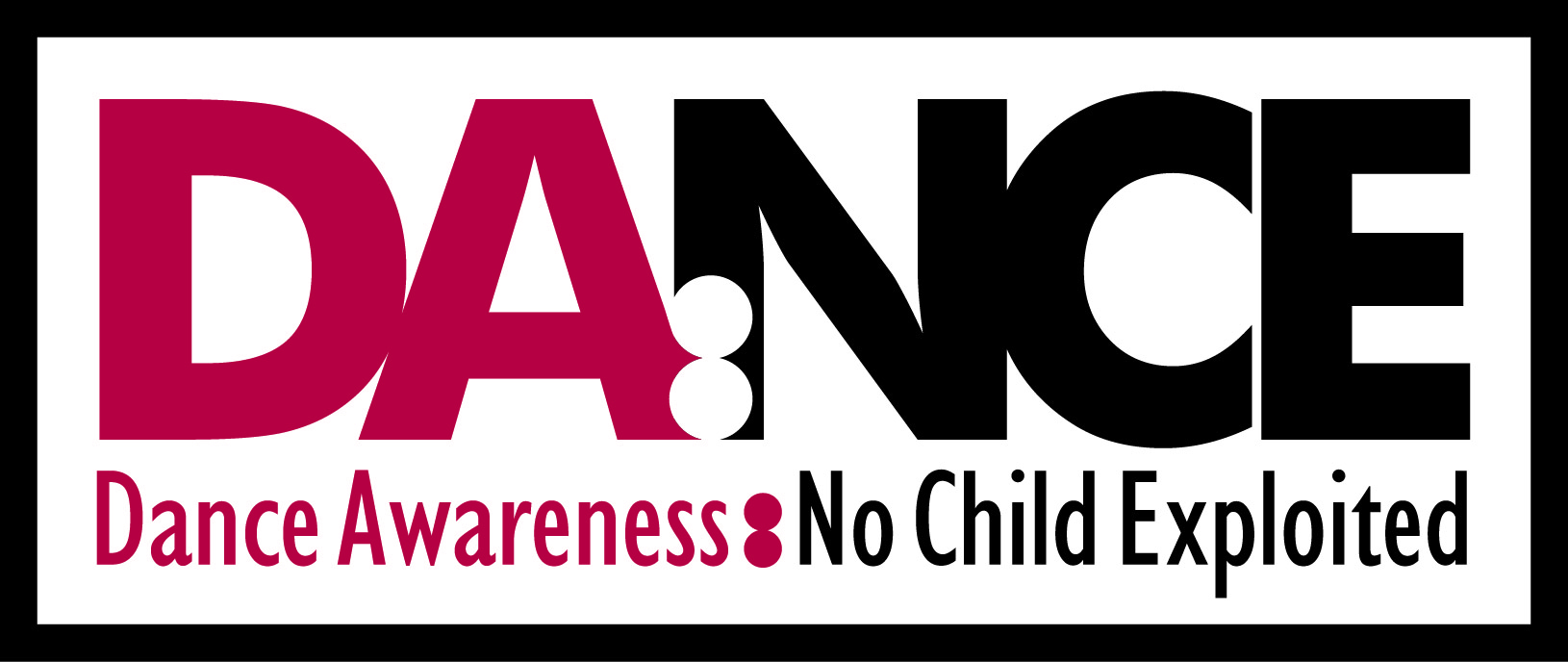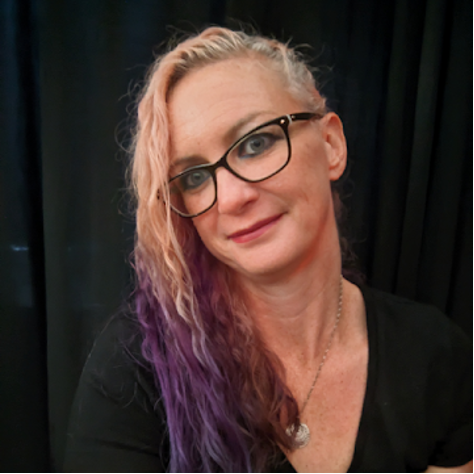 From my earliest memories, dance has been a source of great joy and delight for me. My parents enjoyed ballroom dancing and so they were happy to encourage my interest. I began to dance at about 5 years of age and continued taking ballet, jazz and tap classes through college.
From my earliest memories, dance has been a source of great joy and delight for me. My parents enjoyed ballroom dancing and so they were happy to encourage my interest. I began to dance at about 5 years of age and continued taking ballet, jazz and tap classes through college.
Besides being enjoyable, dance became a language for me. As a shy child I felt empowered to communicate my feelings and thoughts through dance with greater ease than with words. I also enjoyed the cultural dance associated with my Jewish background.
As a middle schooler, I desired to audition for a performing arts high school in New York. Quickly though, I saw my training was not as intense as most of the other participants. I also noticed the highly competitive and “catty” behavior of many of the dancers. I sensed that this was not the path I was meant to take.
Shortly before this experience I had experienced growth in my spiritual journey that appeared to redirect my passion for dance to working with children. In addition, I noticed that many dance forms were taking on a “sexualized” edge to them, which didn’t sync with the way I believed God wanted me to use my body. I memorized a passage that summer in a camp program:
“Therefore, I urge you, brothers and sisters, in view of God’s mercy, to offer your bodies as a living sacrifice, holy and pleasing to God—this is your true and proper worship. 2 Do not conform to the pattern of this world, but be transformed by the renewing of your mind. Then you will be able to test and approve what God’s will is—his good, pleasing and perfect will.
I determined that perhaps dance was not something I could use in my new direction and I placed it on a “shelf” as a hobby for whenever time materialized.
 I believe that dancers have great purpose and are responsible for the messages their bodies create. They can use their influence and the communication tool of dance to bring healthy inspiration or harm through hypersexualized dance. I have observed dancers moving in provocative ways that were reminiscent of call girls, prostitutes, and the like. Children, teens, and adults alike were made for more than enticing men to have a sexual experience while watching. These messages sent by adult costuming, sexualized movements, and mature song choices are contrary to the good purposes for which the gift of dance was given. Our value as dancers is not to illicit eroticism but inspire messages and feelings that are uplifting to our audiences. This trend of hypersexualized dance has broken my heart. It is imperative that adult/teen teachers understand the power of the body and to use it carefully. They are responsible for leading their dancers to use their gift to bring truth and good. Both teachers and dancers have an obligation to their Maker to use all their gifts in ways that honor Him, and the life-giving values that He has given us.
I believe that dancers have great purpose and are responsible for the messages their bodies create. They can use their influence and the communication tool of dance to bring healthy inspiration or harm through hypersexualized dance. I have observed dancers moving in provocative ways that were reminiscent of call girls, prostitutes, and the like. Children, teens, and adults alike were made for more than enticing men to have a sexual experience while watching. These messages sent by adult costuming, sexualized movements, and mature song choices are contrary to the good purposes for which the gift of dance was given. Our value as dancers is not to illicit eroticism but inspire messages and feelings that are uplifting to our audiences. This trend of hypersexualized dance has broken my heart. It is imperative that adult/teen teachers understand the power of the body and to use it carefully. They are responsible for leading their dancers to use their gift to bring truth and good. Both teachers and dancers have an obligation to their Maker to use all their gifts in ways that honor Him, and the life-giving values that He has given us.
About 10 years later, I married and started a family which would eventually grow to 5 children, including twins! I didn’t encourage my children to take dance classes-considering it unusable for their futures.
Later, I happened to attend a church service that included a unique dance! I was very surprised! Not only was it beautiful and appropriate, but its message was very powerful and inspiring. All of a sudden, my interest in dance was stirred and I sensed the desire to move whenever I heard music! I wondered-this is so strange! I’m a mom with many tasks and responsibilities. This urge does not seem to be appropriate at this time! Interestingly-the urges continued! I thought maybe I was a bit crazy! This leading to return to dance continued to be affirmed as I encountered further dances at churches I visited, and even positive comments about my dancing and it being a valuable and valid form of communication and worship.
I started researching dance opportunities and wondered-how do I learn to dance like that? In a way that helped me express my love for God? And as an adult? After a less than inspiring involvement at a very formal ballet studio, I was told about a studio where they offered “liturgical dance”. I decided to get in touch and give the class a try. I was made very welcome-though the class was full of teenagers! I was the only adult, but I somehow felt compelled to continue. There were times when I wondered if I still had the ability to move gracefully-and thankfully a number of unsolicited kind words of encouragement kept me believing there was a reason for me to keep going.
That year we were to be part of the dance studio’s recital. I felt a bit weird being in a recital with young people, but I was excited to share the beautiful dances we had learned. As I experienced that recital, I noticed there were many dances that included hypersexualized content that went contrary to my values and caused me to leave dance in the past. The words of the songs, movements, and costumes made my heart hurt. They were not inspiring in the way I had been taught to live: “… whatever is true, whatever is noble, whatever is right, whatever is pure, whatever is lovely, whatever is admirable—if anything is excellent or praiseworthy—think [AND DANCE] about such things.” Philippians 4:8
I decided that I would not be continuing my time at the studio. It was fun, but I really wanted every part of my life to reflect the kind of beauty I had been called to. When I gently mentioned to the studio director that I wouldn’t be continuing she asked why. I explained. Surprisingly, she asked if I would be willing to stay and help her change things at the studio so that all would be done in an appropriate manner. I considered that a direct call from God and stayed on for 20 plus years to help, and eventually start teaching children’s, youth, and adult classes, and even a summer “Praise Dance Camp”.

I have been blessed with the opportunity to have mentoring relationships with many children and teens as a result of teaching dance. I was privileged to help them to learn to build their lives on loving God and allowing Him to define them. I have personal concern for young ladies: that they use their lives and their bodies to be a source of help, inspiration, and instruction for others.
Dance can be used to either generate healthy inspiration or unhealthy provocation. My spiritual life informs me of my purpose as a woman, and my responsibility as a caring adult, to lead my students to dance in ways that are in alignment with God’s values. We want our students to honor themselves, others, and their Maker, and not to conform to those behaviors and attitudes which disrespect their and other’s value.
As a Christian dance teacher I note that dance does not have to mention God to be helpful or inspiring, but my specific use of dance has been for it to be a tool of ministry-seeing how children, youth love dance-and channeling to teaching them about the Lord and using that skill to communicate the gospel in ways that capture the attention of the audience, and in ways that bring uninhibited worship to our worthy Savior.
It is my greatest hope to use this “rod” placed in my hand by God, as a discipleship tool to assist the up-and-coming generation to use their bodies and lives to be world changers. To communicate love, truth, peace, and purpose to a world that is in much need. Dance is a transcultural language. It can speak to people of varied cultures and languages-making it a powerful means of communication at such a time as this……
 Donna FitzPatrick grew up in New York City and now lives in Southeast, Pennsylvania. She currently serves as the Beautiful Feet Dance Ministry Coordinator, Prekindergarten Mentor at Innovate Academy, and the Operation Manager of the Nursery and Preschool ministries at Calvary Chapel of Delaware County. Additionally, she is a group fitness Danceblast instructor with Body & Soul Fitness.
Donna FitzPatrick grew up in New York City and now lives in Southeast, Pennsylvania. She currently serves as the Beautiful Feet Dance Ministry Coordinator, Prekindergarten Mentor at Innovate Academy, and the Operation Manager of the Nursery and Preschool ministries at Calvary Chapel of Delaware County. Additionally, she is a group fitness Danceblast instructor with Body & Soul Fitness.



